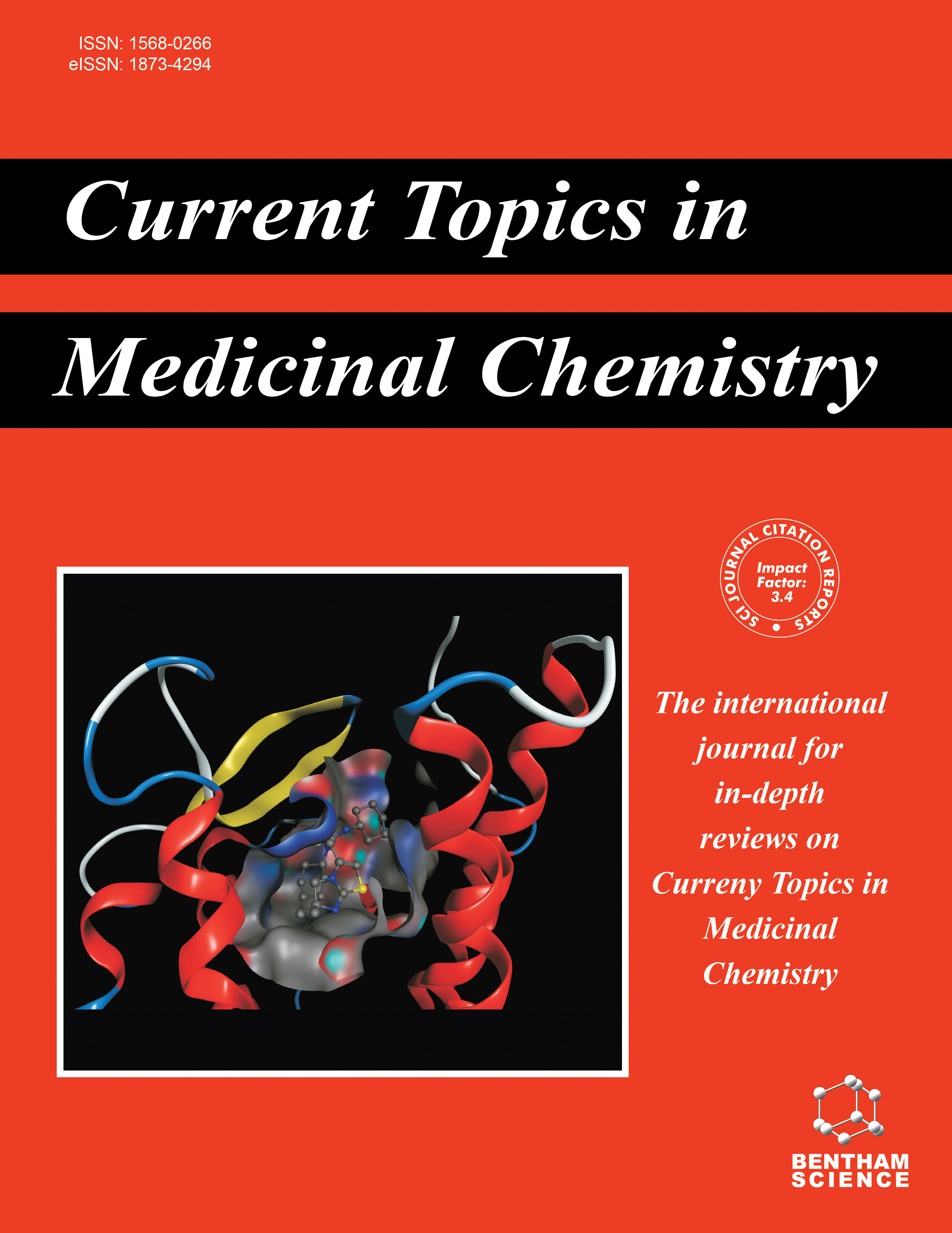
Full text loading...

Obesity, a widespread health condition marked by excessive body fat, markedly elevates the risk of chronic diseases and has emerged as a major global health issue. Chrysin, a flavonoid with promising health benefits, exhibits potent antioxidant and anti-inflammatory properties. This study seeks to examine the impact of chitosan chrysin nanoparticles (Chrysin-CSNPS) on obesity induced by a high-fat diet (HFD) in male rats.
Rats were fed a high-fat diet for 4 weeks to induce obesity, followed by a 4-week treatment period. Thirty rats were allocated into five groups (six rats per group): control (dist. water, orally), HFD control (dist. water, orally), HFD + chrysin (500 mg/kg, orally), HFD + chitosan-NP (60 mg/kg, orally), and HFD + Chrysin-CSNPS (60 mg/kg, orally).
In silico studies revealed that chrysin has a binding energy value of −8.8 kcal/mol to fat mass and obesity-associated (FTO) protein. Also, Chrysin is identified as an inhibitor of several cytochrome P450 enzymes, specifically CYP1A2, CYP2D6, and CYP3A4. Albumin, high-density lipoprotein cholesterol, glutathione, and nitric oxide levels rose, whereas glucose, alanine aminotransferase, aspartate aminotransferase, alkaline phosphatase, creatinine, urea, total cholesterol, triglycerides, malondialdehyde, and nitric oxide levels fell upon Chrysin-CSNPS treatment. The histological examination revealed a significant enhancement in the structures of the liver and kidneys.
These findings suggest that chrysin could potentially inhibit FTO activity, thereby contributing to a reduction in obesity-related phenotypes. The compound that satisfied Lipinski’s criteria was selected for toxicity prediction.
Chrysin-CSNPS have hypolipidemic properties and an antioxidant role, reducing HFD consequences in the liver and kidney.

Article metrics loading...

Full text loading...
References


Data & Media loading...